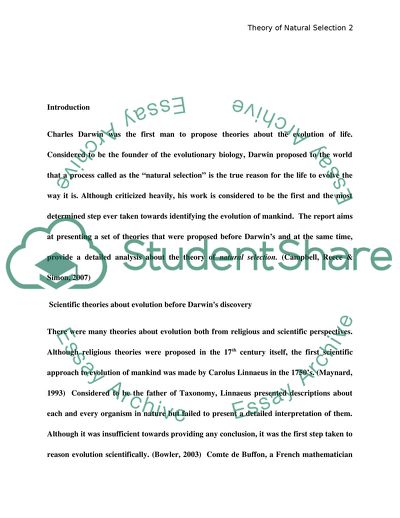Cite this document
(The Discovery of the Theory of Natural Selection by Darwin Research Paper - 9, n.d.)
The Discovery of the Theory of Natural Selection by Darwin Research Paper - 9. https://studentshare.org/social-science/1749725-research-paper
The Discovery of the Theory of Natural Selection by Darwin Research Paper - 9. https://studentshare.org/social-science/1749725-research-paper
(The Discovery of the Theory of Natural Selection by Darwin Research Paper - 9)
The Discovery of the Theory of Natural Selection by Darwin Research Paper - 9. https://studentshare.org/social-science/1749725-research-paper.
The Discovery of the Theory of Natural Selection by Darwin Research Paper - 9. https://studentshare.org/social-science/1749725-research-paper.
“The Discovery of the Theory of Natural Selection by Darwin Research Paper - 9”. https://studentshare.org/social-science/1749725-research-paper.


